5 top tips for choosing baby books
Published on: 27 Mehefin 2023
Babies can’t see books as well as children and adults. Professor Anna Franklin, from the Sussex Baby Lab at the University of Sussex, explains what babies can see and what they like to look at, and shares some expert tips on how to select books for babies.
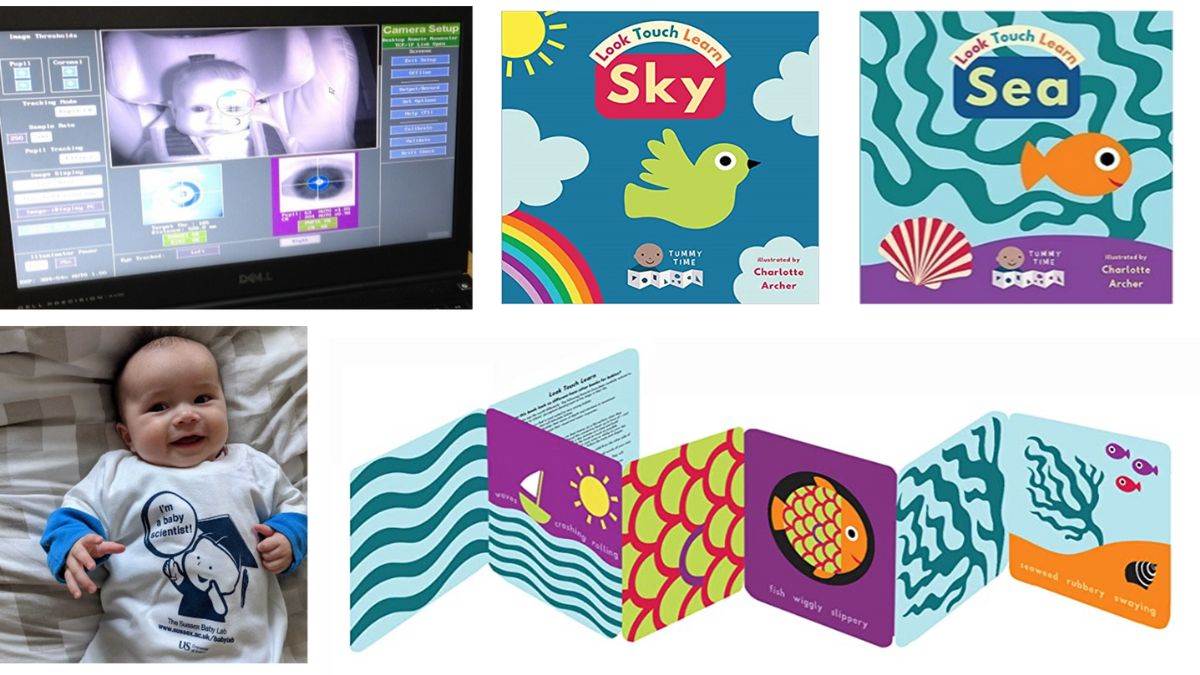
Professor Anna Franklin conducts research on how babies see, think and learn, and has recently consulted with Child’s Play on their ‘Sky and Sea’ ‘Look, Touch, Learn’ tummy time books. Here are her top five tips for picking stimulating and interesting books for babies' development.
1. Choose visually simple books with very little detail for newborn babies
 A simulation of how well babies see as newborns (left), at 3 months (middle) and at 6 months (right), simulated by The Sussex Baby Lab.
A simulation of how well babies see as newborns (left), at 3 months (middle) and at 6 months (right), simulated by The Sussex Baby Lab.
For the first few months after birth, the images on the page will appear very blurry and babies will miss a lot of the detail.
Babies’ ability to see fine details develops over the first 6 months of their life: the world gradually comes into focus. To begin with, most babies will focus on the outer edges of objects and faces, particularly looking for curved edges and shapes. If you scrunch your eyes up to make your vision blurry you can see how details fade and only the big ‘high contrast’ edges can be seen. At 2 months old most babies will start to look at the inner features of things such as the mouth and nose of a face. To help young babies (and also older children with visual impairment, for example), choose visually simple books which have just one or two things on a page with a simple background and ‘blocky’ design rather than fine detail.
2. Keep black and white books for the first 3 months only, after that look for bold and contrasting colours
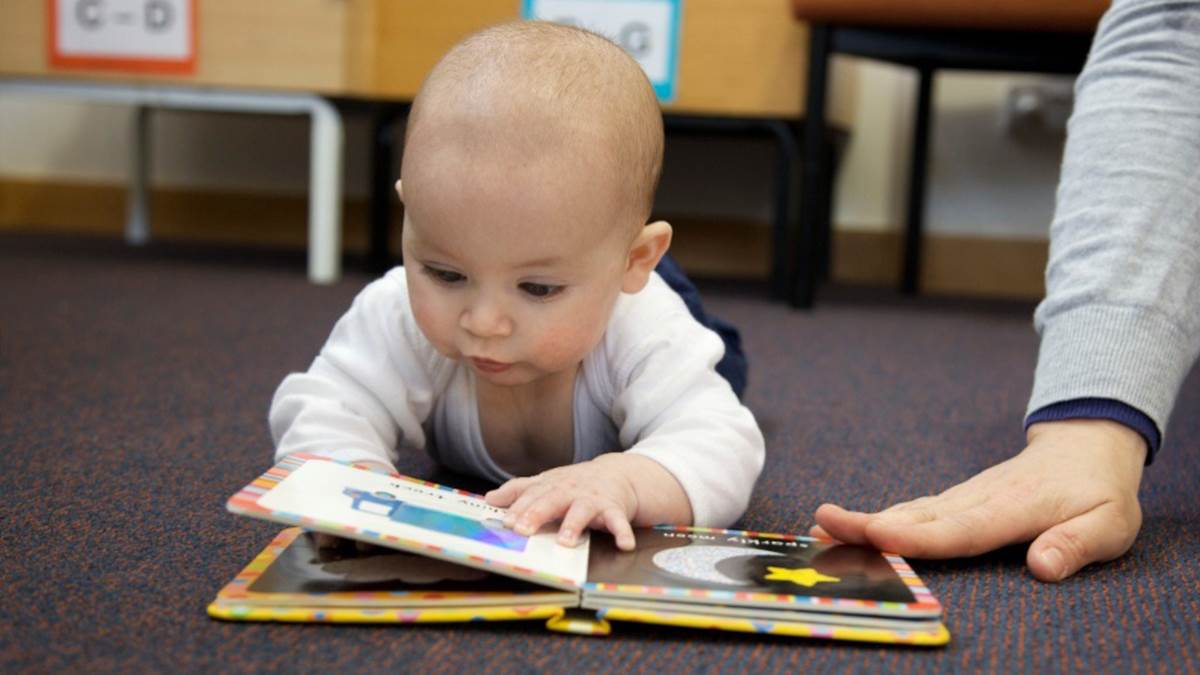 A baby looking at a book in a library
A baby looking at a book in a library
Many baby board books are black and white, but actually babies can see colour and seek it out.
Newborn babies can see some colour, particularly red, so books that are purely black and white are a bit basic, even for very young babies. By at least 3 months old, most babies can see the full spectrum of colours when colours are bold and intense. At this age, babies even prefer to look longer at colours such as red, orange and purple, than others such as yellow or brown. Most babies at this age will also seek out coloured patterns over black and white ones, so switching to coloured books at 3 months will help ensure the book is matched to what they can see.
3. Look for cartoon faces with big eyes
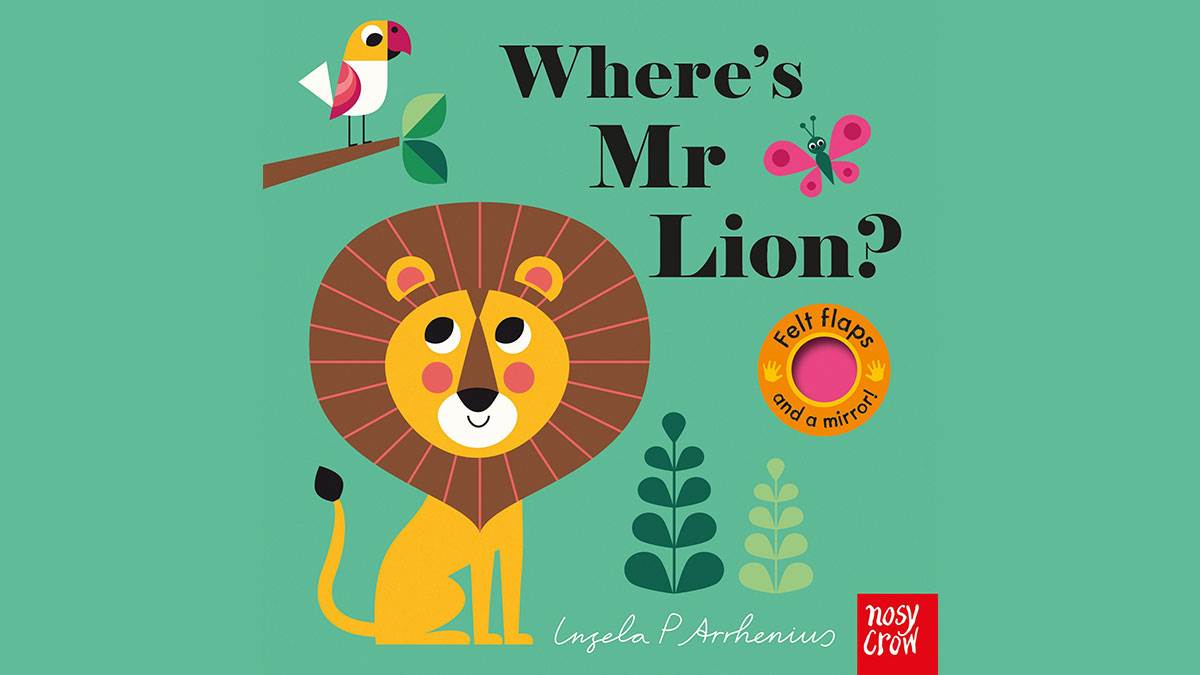 Where's Mr Lion? by Ingela P Arrhenius
Where's Mr Lion? by Ingela P Arrhenius
Babies love looking at faces and great big eyes!
Babies are drawn to faces from birth. They have an amazing ability to tell apart different faces (even animal faces!), and surprisingly also look longer at faces that adults find attractive. Books with photos of faces will engage babies, and cartoon faces are also great as they emphasise the important aspects of a face such as the eyes. Big eyes are often the first thing a baby looks at on a page, and great big black and white eyes will capture their interest.
4. To keep your baby focused, choose books with shiny and glossy surfaces, textures, moving elements and sound
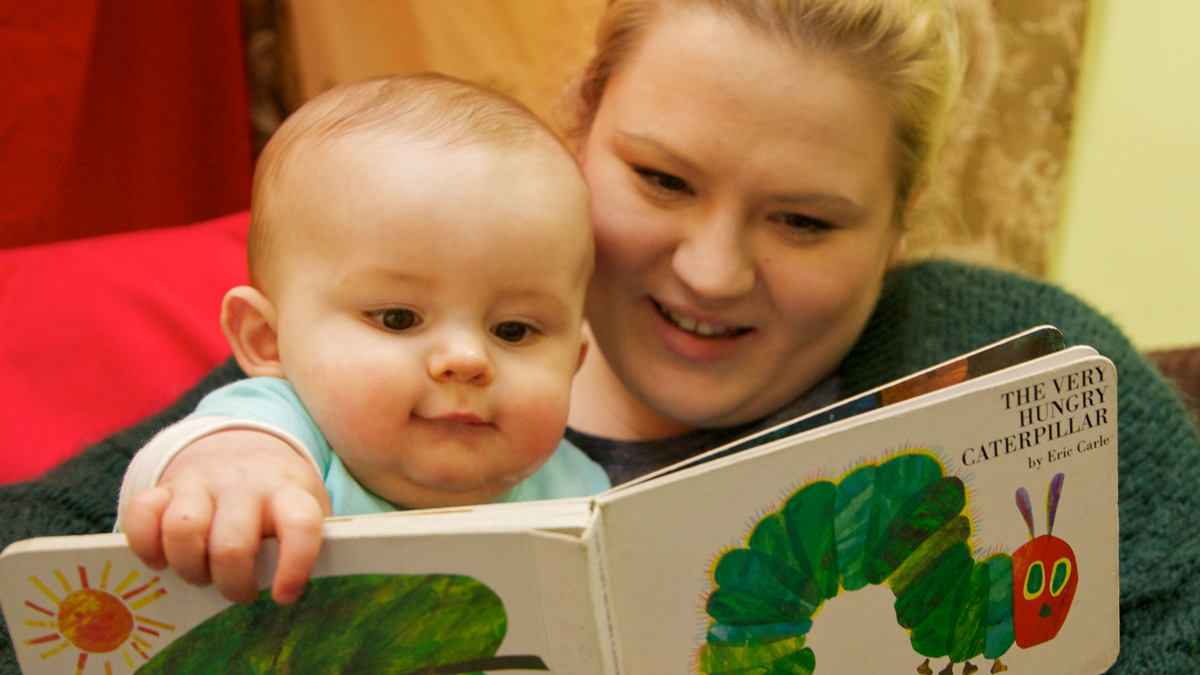 Mum and baby reading The Very Hungry Caterpillar by Eric Carle
Mum and baby reading The Very Hungry Caterpillar by Eric Carle
Babies are multisensory: all the senses work together to help them make sense of things.
Because young babies can’t see very well, shiny surfaces and mirrors which catch the light and things that move or make a sound help capture babies’ attention. Touch is also a powerful sense for babies, as well as for children with visual impairment. By just 4 months old, most babies are able to imagine what things look like just by feeling them! So for any age of baby, books which engage the senses with different materials, textures, motion and sound will have the most impact.
5. From 6 months, look for books which are both visually stimulating and thought provoking
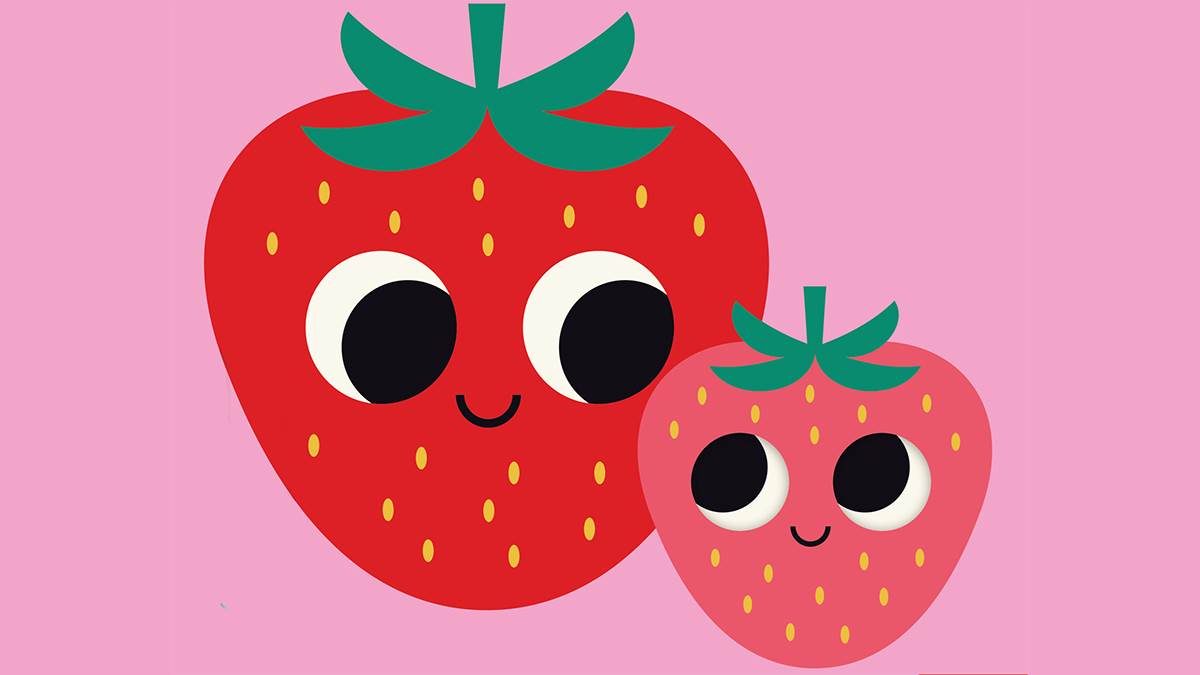 Illustration from Peekaboo Love by Ingela P Arrhenius and Camilla Reid
Illustration from Peekaboo Love by Ingela P Arrhenius and Camilla Reid
By 6 months old, babies’ minds are focused on learning about the properties of the objects in the world around them
By at least 6 months old, most babies are excellent at spotting patterns in things and can spot the odd one out very rapidly. Babies of this age can also often perceive depth and are starting to understand the properties of objects, that objects still exist even if hidden, and physical things like gravity. Books that involve searching for objects or peek-a-boo style books are great for stimulating these abilities.
Did you know?
Our Bookstart programme for families helps guide you on your child's reading journey from newborn to 5 years. Every child in England and Wales is entitled to receive a free Bookstart pack before they turn one year old.
How our interactive Baby Bags are getting families reading together
You might also like...
Explore more recommendations for baby books and help your child get started on a lifelong reading journey.
Baby's First Books
It's never too soon to start enjoying books and reading - and these engaging baby books are the perfect places to start.
Best books for babies 0-12 months
Babies love snuggling up close with you and listening to your voice. Here's our selection of fantastic books to try with your baby.
Inspiring baby books to gift to new parents
Looking for present ideas for a new mum or dad? Here are our favourite books to give to little ones that they can "grow into" and appreciate at different stages of their life. Inspiring, fun and with plenty of the "awww" factor.
Are you a parent or carer?
Visit our families section to find out what Bookstart can offer you - from free packs and additional needs offers to dual language books and black-and-white booklets for newborns.




